[ad_1]
The information is present and up-to-date in accordance with the most recent veterinarian analysis.
Cat possession could very nicely be tons of simpler if our pets could inform us their ideas. Nevertheless, till any particular person develops a cat-to-human translator, now we now have now to make the most of context clues and our pet’s physique language to decipher their moods.
A cat’s tail is among the many many most expressive elements of their physique. So, in case your cat’s tail is twitching, you’re most likely questioning what they’re pondering. Sadly, a quivering tail can point out many alternative factors, so that you just’ll ought to put in your pondering cap to go looking out out what’s occurring.
From the fun of working in route of their attempting expertise to the frustration of aggravating conditions, there are a lot of potential causes in your cat’s tail twitching. Be taught on to be taught additional so likelihood is you may start to raised perceive your cat’s temper and the driving forces behind this conduct.


The 6 Causes Why Cats Twitch Their Tails
1. They’re Making an attempt
Cats will normally twitch their tails on account of they’re attempting or having enjoyable with. This occurs after they’re centered intensely on their prey, whether or not or not or not it’s a real-life mouse or a fluffy one you merely purchased from Amazon.
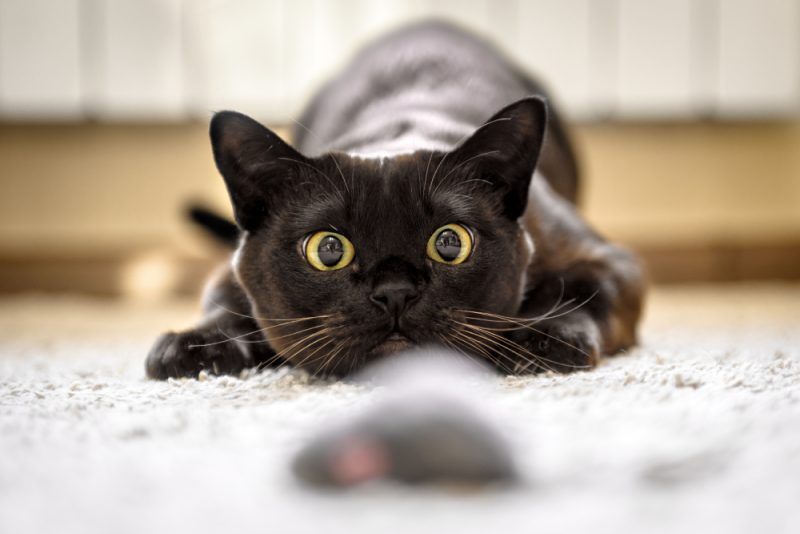
2. They’re Excited
When children are pleased and excited, they usually bounce up and down as a solution to launch their pent-up vitality and categorical their enthusiasm. Our cats don’t have the an similar potential to level their happiness, so a quivering tail would possibly mark anticipation and pleasure.
3. They’re Irritated
When your cat twitches the tip of their tail strongly backwards and forwards, it could be that they’re mildly irritated or pissed off. This would possibly presumably be a warning signal that your pet isn’t keen on one issue you’ve been doing, nonetheless they’re not fairly on the extent nevertheless the place they’re going to take the subsequent step and act on their annoyance.
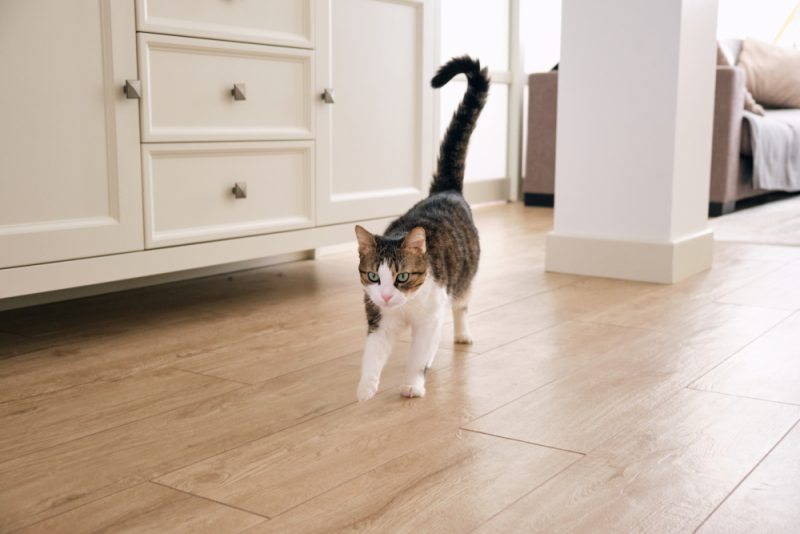
4. They’re Feeling Aggressive
Tail twitching is commonly furthermore related to aggression. The extra your pet’s tail strikes forwards and backwards, the quite a bit a lot much less pleased they could very nicely be. Speedy tail actions can point out they’re issuing a hazard to you or one totally different pet all through the dwelling. You may additionally see completely totally different aggressive behaviors, just like growling or hissing. Their tails might also thwack audibly on the underside or shut by partitions.
5. They’re Spraying
You acknowledge your cat is spraying after they arrive up, hold their tail straight up all through the air, and put their rear finish in route of a function (e.g., partitions, bedding, curtains, and so forth.). Their tail will possibly be quivering, they usually’ll spray urine onto an object.
Spraying is most truly to happen in cats which have reached sexual maturity, and it will presumably happen in each female and male cats. It occurs most repeatedly in intact men and women in warmth, although these which have been spayed or neutered would possibly spray.

6. They Have Feline Hyperesthesia Syndrome
Feline hyperesthesia syndrome (FHS)—usually usually known as “twitchy cat syndrome”—is a peculiar state of affairs that causes elevated sensitivity to the contact and uncontrollable muscle contractions. FHS is poorly understood, and its root set off continues to be unknown, although it’s most repeatedly attributed to neurological, psychological, or dermatological causes. Ahead of it could possibly be acknowledged, completely totally different circumstances that set off related indicators must be dominated out.
Cats with this instance could quiver their tail, nonetheless they’ll usually exhibit completely totally different indicators, together with:
- Rippling or twitching of pores and pores and pores and skin on the as soon as extra
- Biting or licking themselves (significantly all through the as soon as extra, aspect, and rear areas)
- Ache or discomfort when petted
- Dilated pupils
- Transient bursts of working
- Tail chasing


How Can I Know Why My Cat’s Tail Is Twitching?
With so many causes in your cat’s tail twitching, it will presumably truly actually really feel not potential to go looking out out what your cat is feeling. Nevertheless, it’s truly comparatively easy for people who cease and ponder your conduct and your kitty’s present setting.
Take into consideration what your kitty is presently doing, their physique language, and what’s occurring spherical them to go looking out out the precise motive in your pet’s tail twitching.
For instance, a cat that your toddler is tormenting is unlikely to be twitching their tail out of pleasure, considerably if their ears are pulled as soon as extra they usually’re staring your baby down. It’s additional most likely on this instance that your cat is feeling irritated and able to strike.
Likewise, for people who’re utilizing your cat’s favourite toy to play with them, it’s unlikely they’re twitching their tail on account of they’re spraying or feeling aggressive.
Consulting with a vet is a superb methodology to assist arrange environmental or behavioral components if you want some further help.
💛 😺 Converse To a Vet On-line From the Consolation of Your Sofa!
Whether or not it’s advisable to talk with a vet nonetheless can’t get to as a minimum one, head over to PangoVet. It’s an web primarily based service the place likelihood is you may talk to a vet on-line and get the personalised recommendation you want in your pet — all at an affordable worth!
What Else Your Cat’s Tail Can Inform You
Cats exhibit completely totally different tail postures aside from twitching on account of it’s one in all many few methods they’ll convey their temper and talk about with completely totally different cats and different individuals.
| Query mark tail | Good, playful |
| Puffy tail | Afraid, defensive, or aggressive |
| Low tail | Unease or concern |
| Tucked beneath: | Fearful or anxious |
| Straight up: | Assured, pleased, good |
| Wagging: | Offended, pissed off |
| Sluggish swish: | Centered, doubtlessly attempting |
| Fast thrashing: | Irritated, uncertainty |
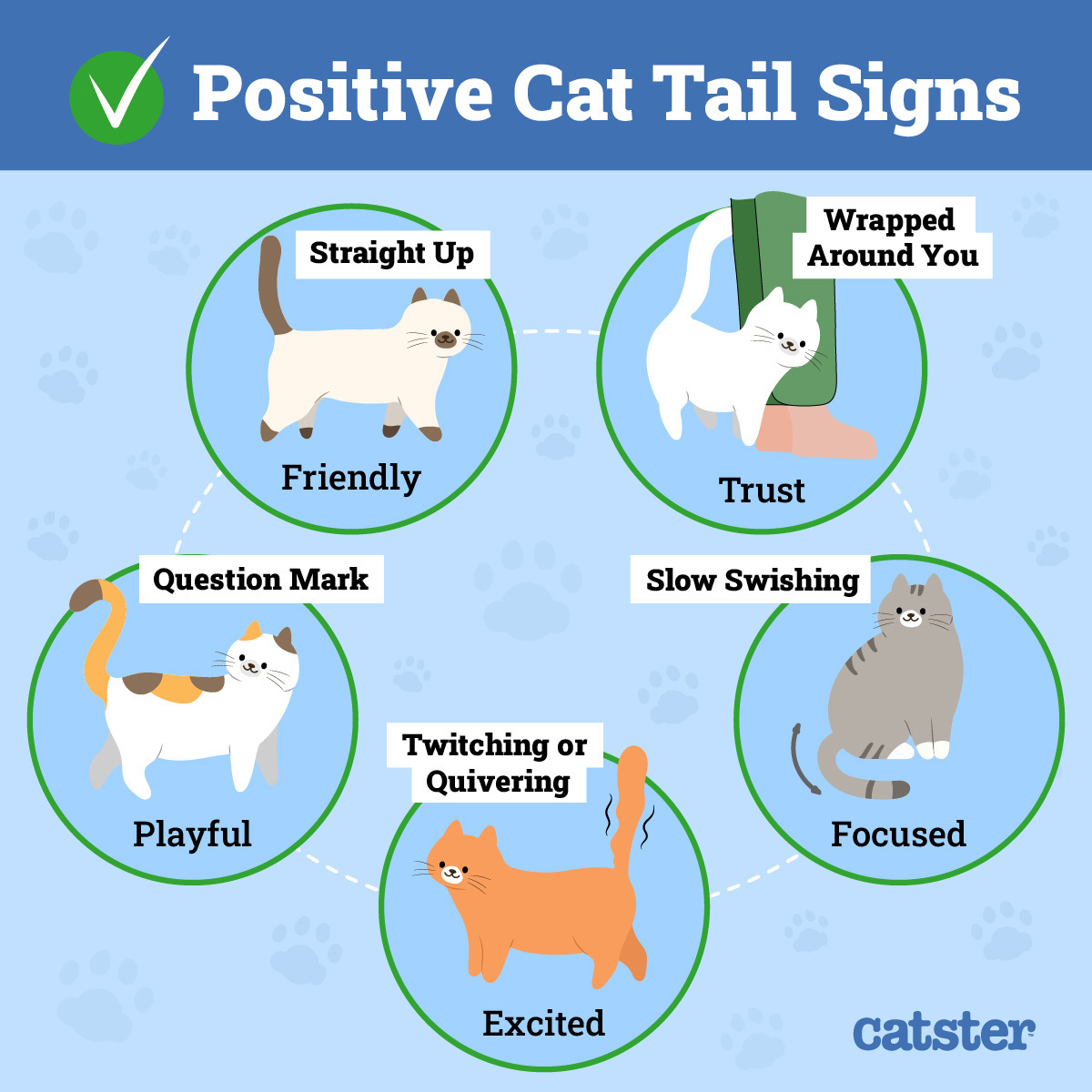

How Else Do Cats Convey Temper?
Cats don’t solely use their tails to convey their temper. Fully totally different delicate (and not at all so delicate) physique language cues embody:
- Facial expressions. The methods your cat strikes their eyes, ears, and mouth can stage out their temper. Cats feeling relaxed may need widespread eye and ear positioning, whereas these feeling indignant may need erect ears and narrowed eyes. Cats with flattened ears and dilated pupils can also be fearful.
- Eye contact. How heaps eye contact your cat is holding can allow you to know how relaxed or confrontational they’re feeling. These sluggish blinking with a relaxed stare may very well actually really feel snug and composed, whereas these staring with out blinking can also be troublesome you.
- Posture. Cats exhibiting the elemental black cat Halloween pose with an arched as soon as extra and bottle brush tail are feeling aggressive or defensive, whereas these stretched out with their bellies up are relaxed and comfy.
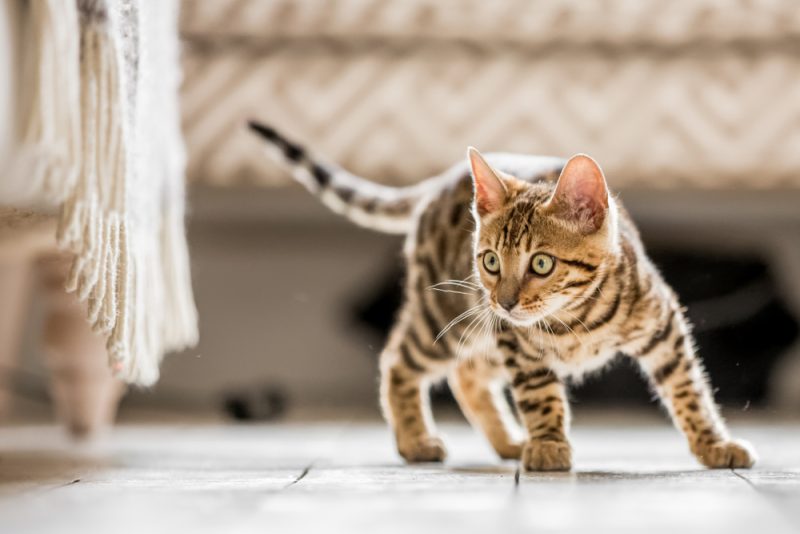


Ultimate Ideas
As chances are you’ll even see, a cat’s tail twitches can point out a variety of factors. It’ll be laborious to go looking out out the precise motive behind your pet’s tail actions with out furthermore taking into consideration their physique language and context clues from their setting. Nevertheless, when you ponder what else is happening in your cat’s world and easy methods to check their physique language, you’ll be an expert in your pet’s moods and emotions.
Featured Picture Credit score rating score: olivier.laurent.images, Shutterstock
[ad_2]
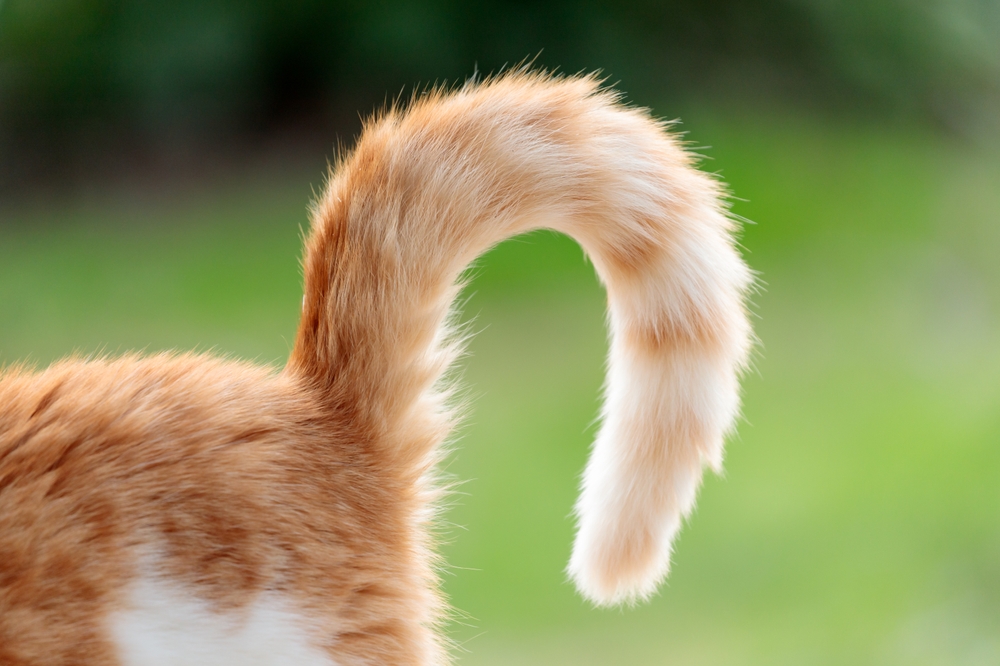
While the information is interesting, I wonder how much of this behavior is universal across all cats. It would be useful to see more studies or examples that showcase different breeds and their unique behaviors.
This article serves as a good reminder that our pets communicate in various ways. Observing their body language closely can lead to a deeper understanding and stronger bond between cats and their owners.
I found the explanations about tail movements insightful. It’s fascinating how much a cat’s tail can communicate. This guide will be helpful for new pet owners trying to interpret their feline friends better.
The discussion on feline hyperesthesia syndrome was quite enlightening. It’s important for cat owners to recognize when something might be wrong with their pet’s health rather than just dismissing it as typical behavior.
The article provides a comprehensive overview of cat behavior, particularly regarding tail twitching. Understanding these signals can help cat owners respond appropriately to their pets’ moods and needs.